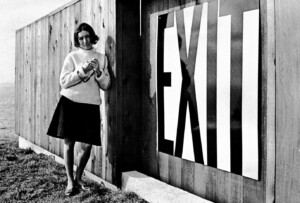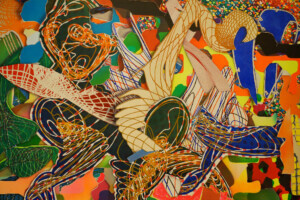Carl Andre died last week at the age of 88. He is survived by his wife, the artist Melissa L. Kretschmer, and his sister, according to a post by Paula Cooper Gallery, which has represented the artist since 1964. The gallery will continue to support scholarship on Andre’s work and is currently preparing a catalogue raisonné of his sculptures.
Andre’s career as an artist was overshadowed by his involvement in the death of Ana Mendieta, a Cuban American artist who was, for less than a year, Andre’s third wife. When he called 911 after Mendieta’s body plummeted from the window of their 34th floor apartment on September 8, 1985, he said they had a fight about him being a better-known artist. Andre stood trial for her murder but was acquitted. Over a decade later, the judge told a journalist that he thought Andre “probably did it” and that the verdict was in part due to the limits of allowable evidence and “administrative bungling” by the district attorney and the police, according to Anna Chave’s essay “Grave Matters: Positioning Carl Andre at Career’s End,” published in 2014 in Art Journal. The perceived lack of justice has fueled a movement to recognize Mendieta’s work and derail further elevation of Andre as a central figure within the Minimalist movement. This coalesced in protests under the slogan of “Where is Ana Mendieta?” When Andre’s death was announced, many responded on social media with a sentiment of “good riddance.”
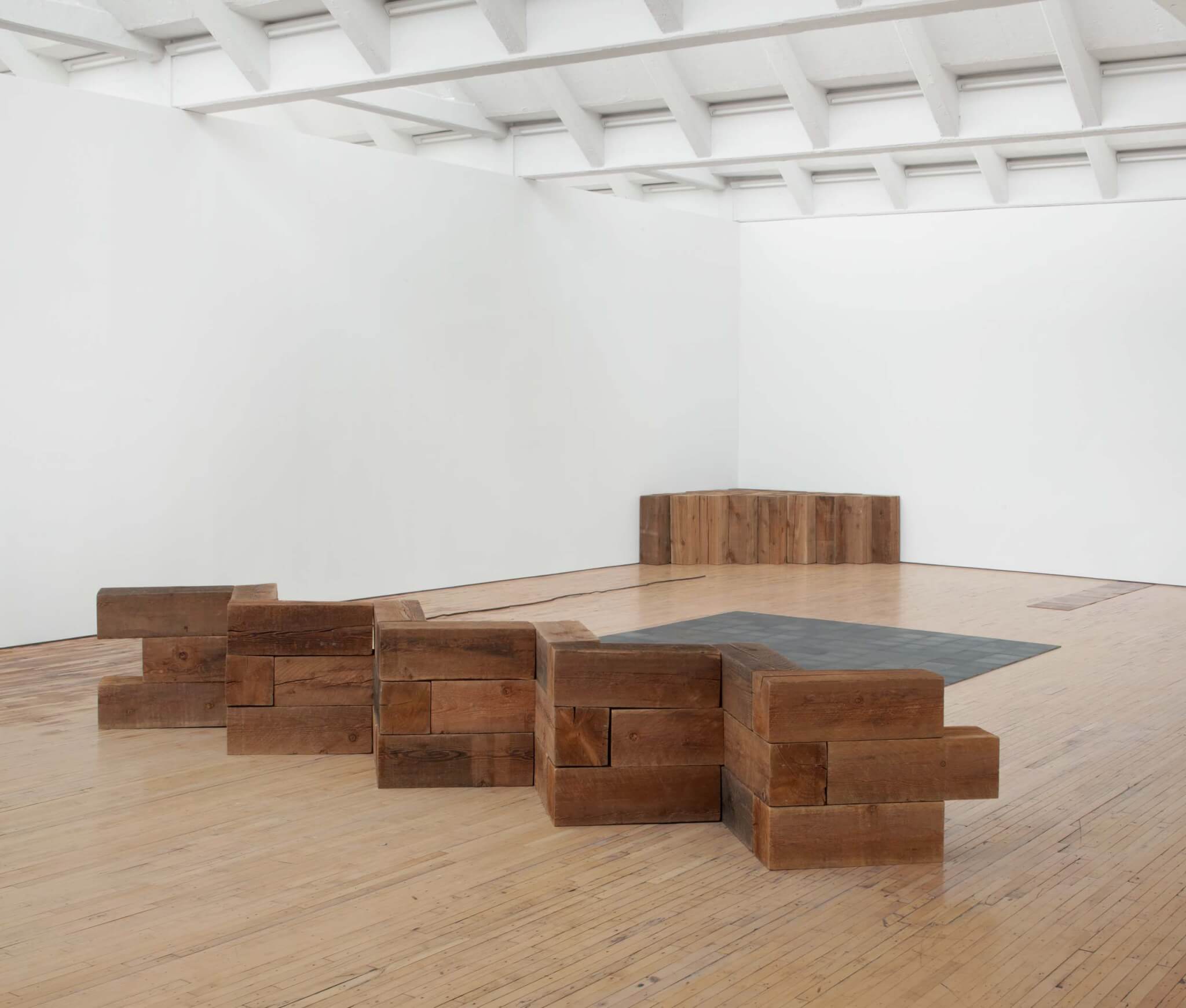
It is ironic that Andre’s work appears so sober, as his life seems to have been soaked in drink. At the start of a 2013 interview with Barbara Rose, Andre begins, “My mind has been destroyed by alcohol. I hope you know that.”
Andre’s misogyny was an ongoing matter. Chave found that he wrote in a text for a 1978 exhibition catalog: “Wood is the mother of matter. Like all women hacked and ravaged by men, she renews herself by giving, gives herself by renewing.” Though Andre supported women artists, his contemporaries also offered critiques of Andre’s work: Eva Hesse described his metal planes as “concentration camps.”
Andre’s post-industrial works, which arranged raw materials in stacks, grids, planes, and compositions, retooled assumptions about what sculpture can be. They have also long been investigated as proto-architectural pieces. Jeffrey Inaba, writing in Assemblage, voiced the idea in a 1999 essay, noting Andre’s attention to place and the titles of his works (Redan, Crib, Coin, Compound, Well…) and their materials. Lucy Lippard likened his Equivalents series to a floorplan, and in one 1967 installation, the identical volumes of bricks were massed in differently sized rectangles in plan while remaining aligned to the grid of the parquet floor in the Tibor de Nagy Gallery. For the installation of Reef at the Guggenheim in 1970, Andre stacked big pieces of Styrofoam between two of the building’s exterior columns.
Andre’s work deployed the flotsam of building materials sourced from supply yards, city streets, construction sites, and ruins, at least conceptually—later pieces used at times relied on higher-quality materials, like titanium. (Much has been made of his youth spent in Quincy, Massachusetts, and the fact that his grandfather was a bricklayer.) Andre retained bits of his working-class origin: He dressed in overalls, maintained a neck beard that gave off Amish vibes, and preferred to install his work himself.
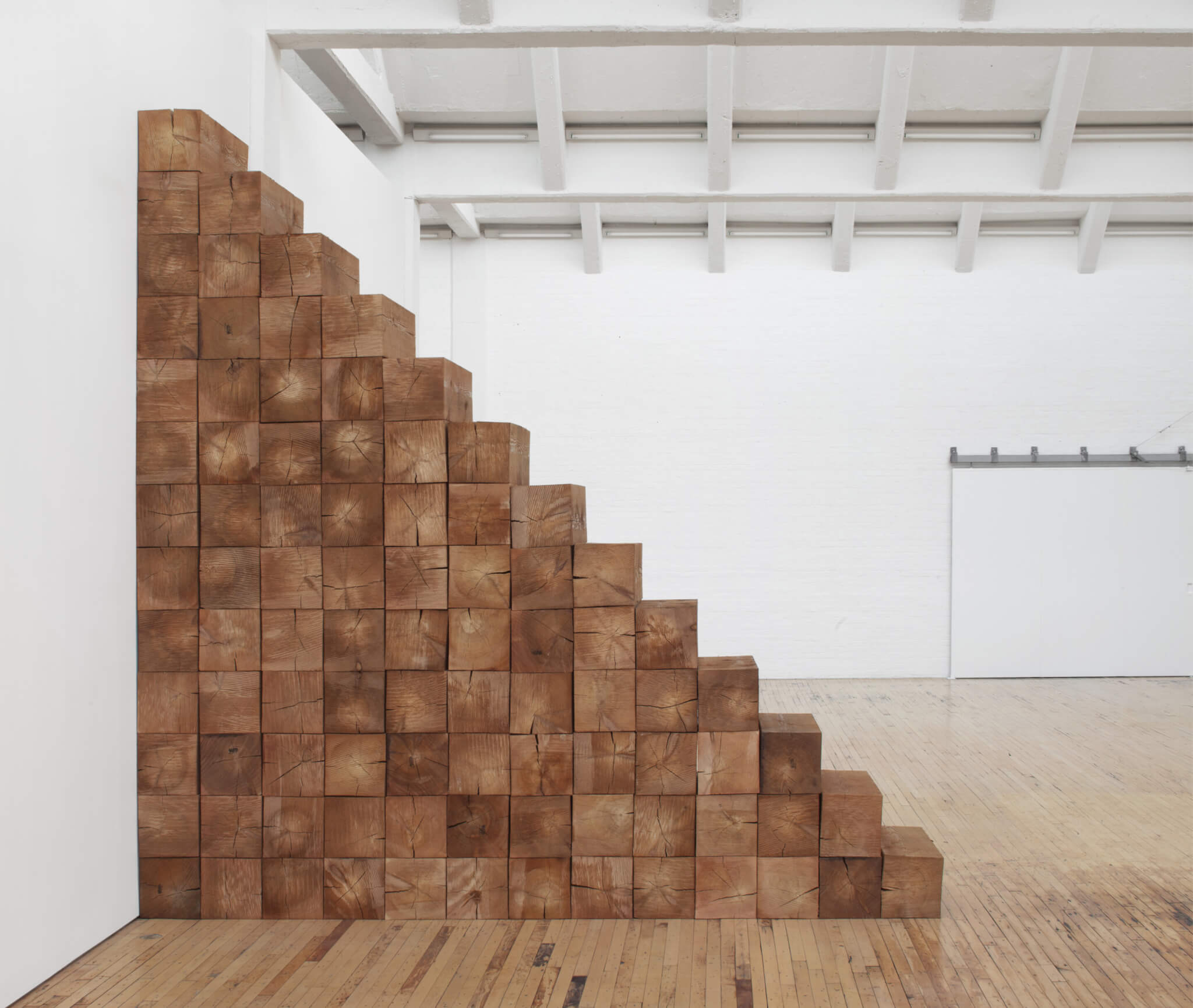
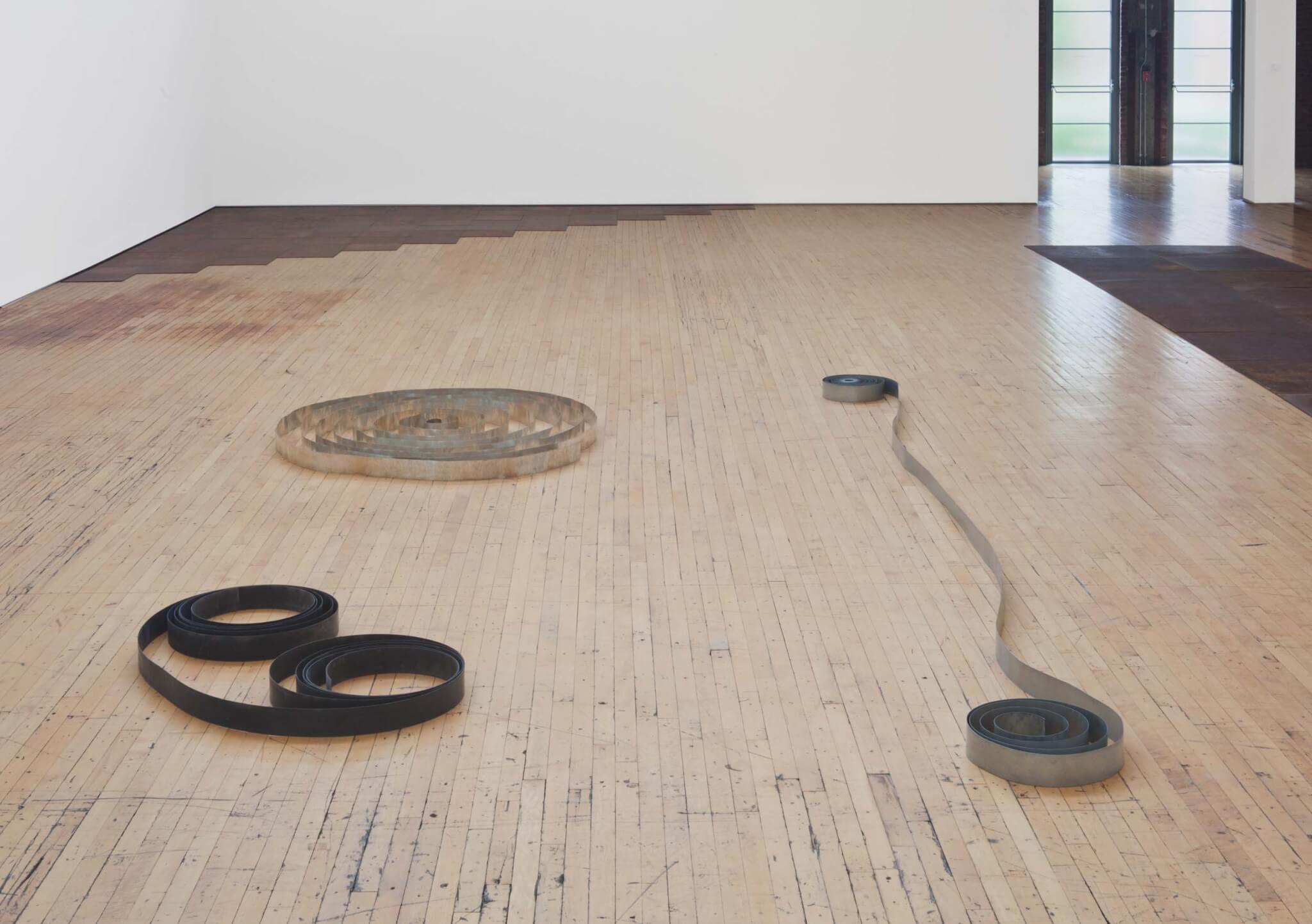
His floor sculptures did well in galleries—gasp, you could even walk on top of some of them!—but at times they escaped into the city. I remember an image of Lament for the Children installed on an outdoor lot in Long Island City, each block aligned with a chunk of the underlying pavement. To me, the blocks summoned the gridded preoccupations of architects, including Bernard Tschumi’s Parc de la Villette. Andre’s work also now has dark nod to Tschumi’s 1978 Advertisements for Architecture, which included a freeze-frame shot of a person being shoved from a window. The caption reads: “To really appreciate architecture, you may even need to commit a murder.”
Andre’s interest in things themselves and in the labor of their arrangement (often they were not fastened together, and on one occasion, according to Inaba, the weight of a timber structure buckled the floor of its host gallery) predates current architectural conversations about material flows and the realities of construction. Andre’s stacking or aligning bricks related to the generic forms of modernism; some of his sculptures could be confused with massing models or volumes in a Hilberseimer planning scheme. Rose offered that his work “might also be taken for a criticism of contemporary architecture with its pretentious, overdesigned, eccentric facades and exotic, expensive materials.”
For all the presumed seriousness, there was some politics and humor. Andre had work in Max Protetch’s 1974 Political Art show in his Washington, D.C., gallery. The previous year, Andre installed American Decay, a 12-by-18-foot expanse of cottage cheese (500 gallons of it), topped with 10 gallons of ketchup. The work referenced Nixon’s preferred lunch during his presidential campaign. The mess lasted for two days, according to a review in Art in America, before being removed due to the “putrid smell which permeated the premises.”
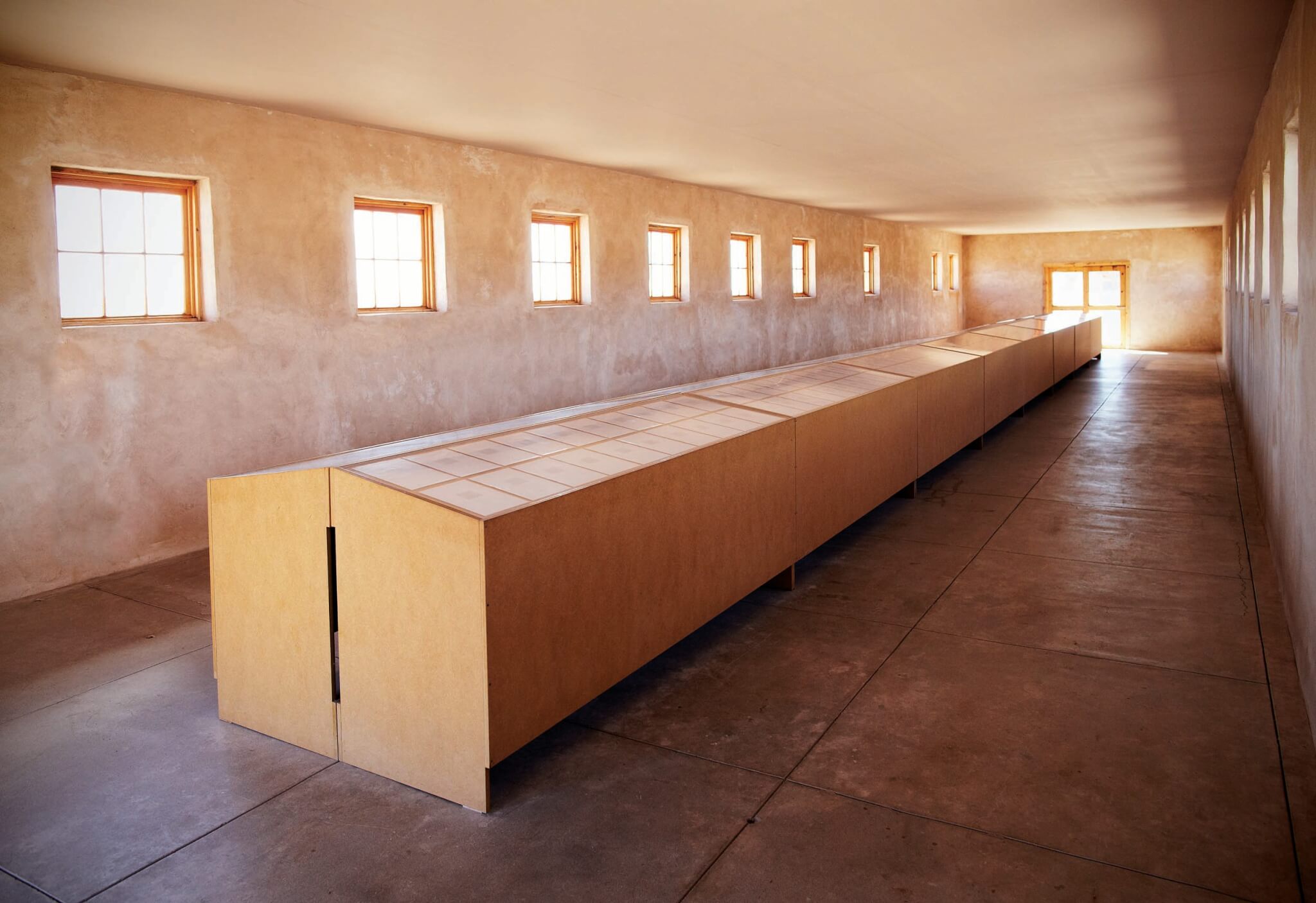
Carl Andre’s typewriter works were deeply influential to me. I first encountered his postmodern text art when I was an intern at The Chinati Foundation. The plainness spoke to me, a young person interested in both language and construction. Andre used words as units, often emptied of their meaning. I liked the manipulation of the monospace grid established by the typewriter and the endless ways one could rearrange the alphabet’s 26 characters. The act of building took place on the page, 1:1, rather than in a drawing suggestive of a much larger structure. Architecture is expensive, but text art is cheap. Empowered by a fleet of typewriters I borrowed from my father, I churned out hundreds of pieces in the following years. The act was calming: Once I figured out the direction, I didn’t have to think, just type and count. At the time, I just knew I liked the work; I now know more.
Text art often dances on the knife-edge between serious and silly terrains. In Art in the Landscape, a book published in 2000 that documents a 1995 symposium at The Chinati Foundation, Andre offered a single page of stacked text:
W E L I V
E I N E
T E R
N I
T
Y
B U
T W E
D I E I
N T I M E
One cannot argue with the sentence’s existential accuracy, but to me it lands as incredibly emo, like something you’d see set in a cursive typeface on a t-shirt at your local mall’s Hot Topic.
Andre’s passing is another invitation to inhabit the tether between the artist and their art. The alignment and judgment is easier with artists than architects, perhaps. Mendieta’s death continues to be divisive; While people continue to protest to keep her memory alive, Paula Cooper Gallery’s announcement of Andre’s death made no mention of it.
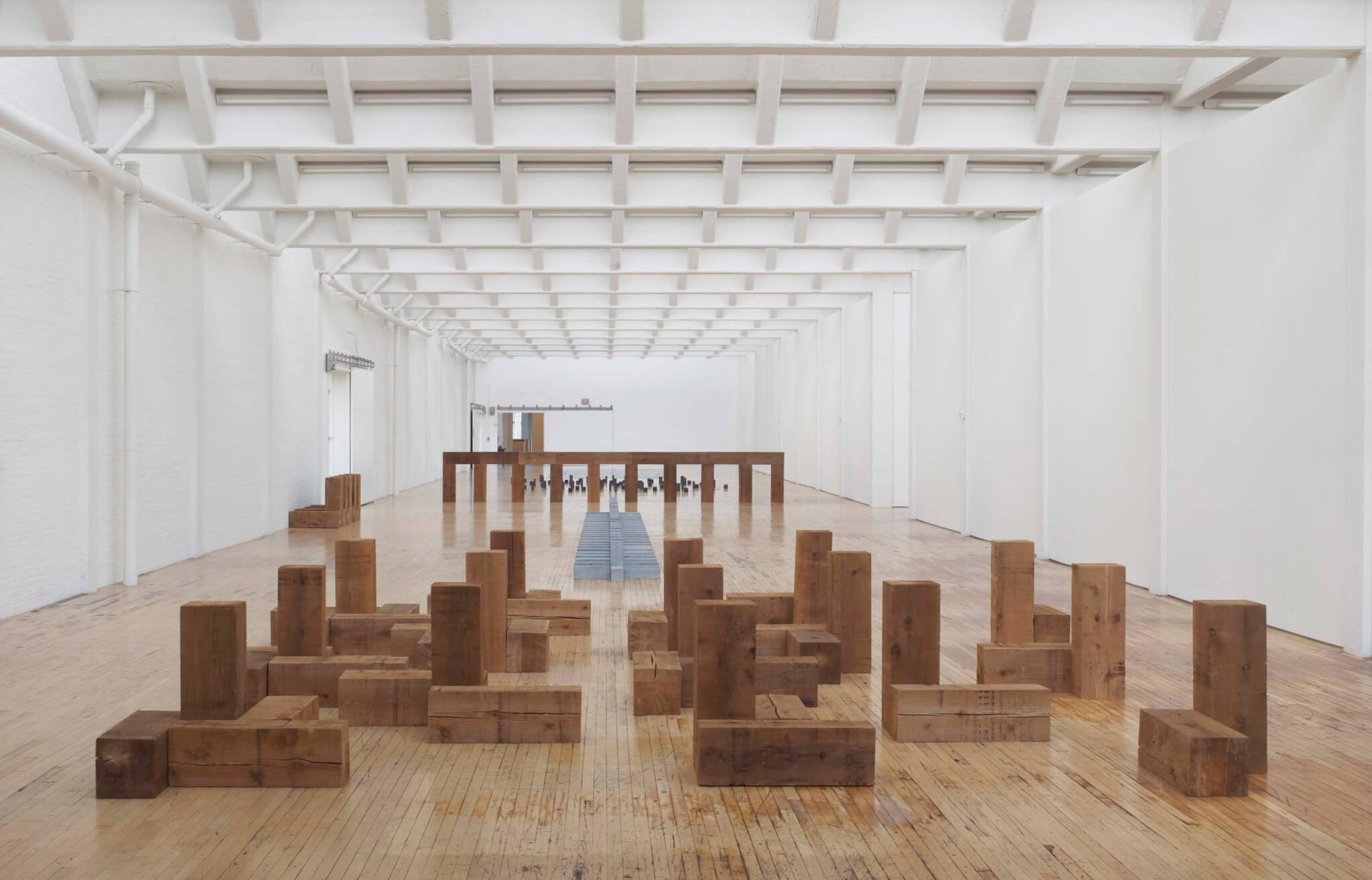
After Andre’s trial, a “wall of silence” set in, as explored by Robert Katz, who published Naked by the Window, a book in 1990 about Andre and Mendieta’s relationship. Andre received a retrospective at Dia Beacon in 2014. A related symposium split presentations into two days, divided by the gender of the presenters. Chave recounted that Andre only attended the day in which men were speaking.
I’ll close this text with statistics, just as Chave does in her essay. The common truth is that men still perpetrate violence against women. According to U.S. statistics from 2021, 34 percent of “female victims of murder and nonnegligent manslaughter” were killed by an intimate partner. (By comparison, the number for men is 6 percent.) The CDC states that “over half of women and almost 1 in 3 men have experienced sexual violence involving physical contact during their lifetimes.” And in our post-Roe America, a wider attack on women’s rights is underway.
Andre’s work remains on view and influential—it should, I think, continue to be looked at—but it has been altered by his action (or inaction). Had she survived her encounter with Andre, Mendieta would be 75 today. Her work was a key part of Groundswell, which just closed in Dallas. Still, a question hangs in the air like dust: Where is Mendieta’s retrospective at Dia Beacon?









